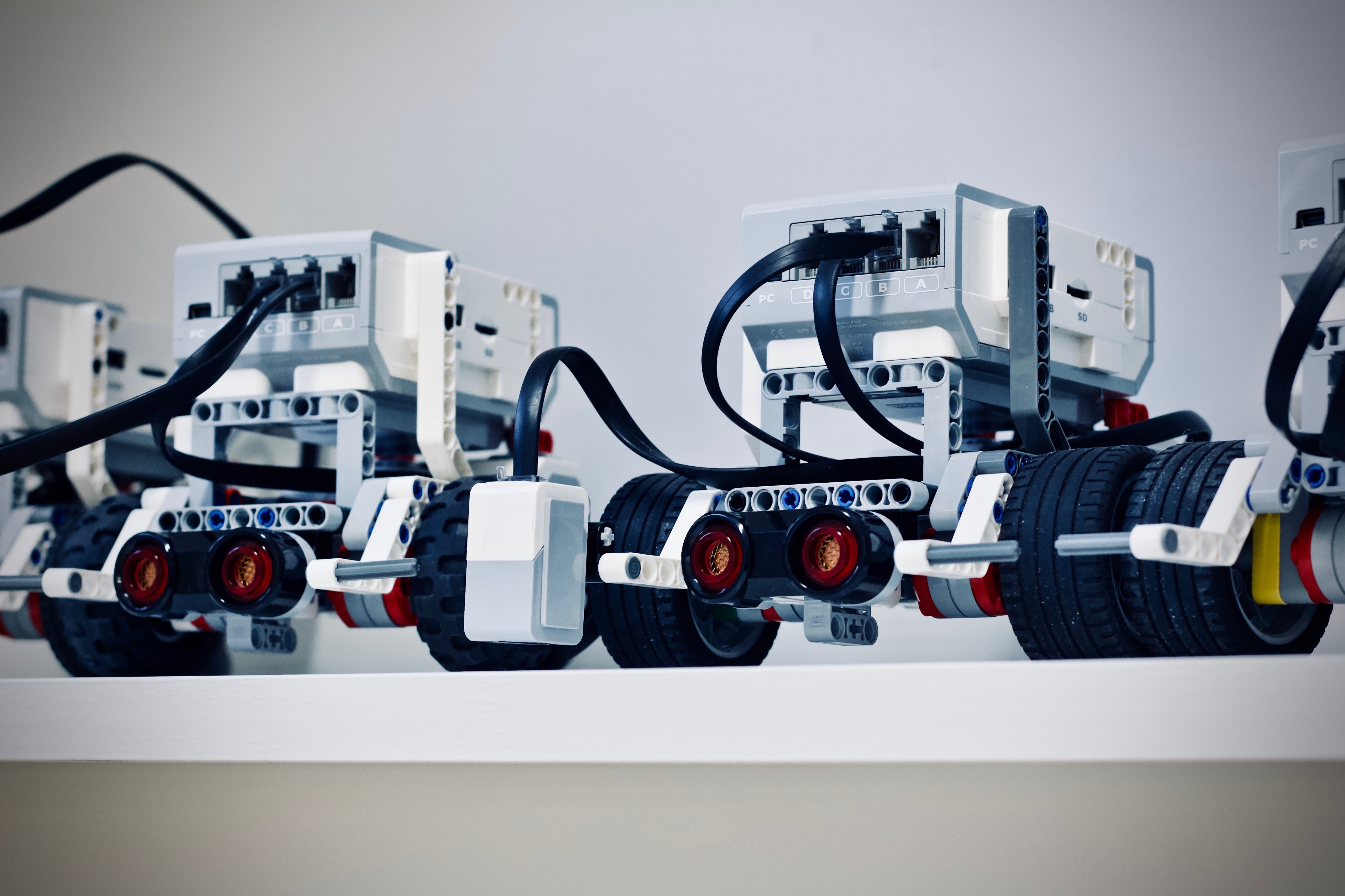It's hard to imagine that the brand of colourful, modular blocks would still be thriving in today's digital and technological age. Sure, a part of it can be credited to nostalgia, as many Adult Fans of Lego have brought their love of these bricks along with them into their adulthood, becoming collectors or creators.
But it's not just adults.
A new generation of kids today will be able to credit playing with lego as the first steps into their careers as engineers or STEM fields.
With the release of the Mindstorm set in 1998, it was clear that the company saw a bridge between technology and building. Lego wanted to find a way where children could build and control their creations through programming. The first prototypes would be connected through wires to a computer and it soon became clear that if they were to market these sets, the bricks themselves would have to be programmable and light enough to be carried.

These days, Lego Mindstorm sets are still as popular as ever, allowing children their first foray into robotics and coding. The Mindstorms Robot Inventor set even comes with an app that allows you to control your creations on your device. With the undeniable benefits of allowing children the freedom to create as they play, Lego has also moved with the times and incorporated new technological advancements into their products to allow kids to learn and play at the same time.
With the almost viral popularity of Minecraft, it's clear that children still had a love of building and creating, even if it was done online. But Lego's foray into video games began much earlier. In 1995, Lego released its first videogame, a simple puzzle solving game which integrated building mechanics. Lego's later games would tie in with popular movie franchises such as Star Wars, Harry Potter and Pirates of the Caribbean. And when they released the Lego Movie in 2014, they released a video game as well to generally positive reviews.

